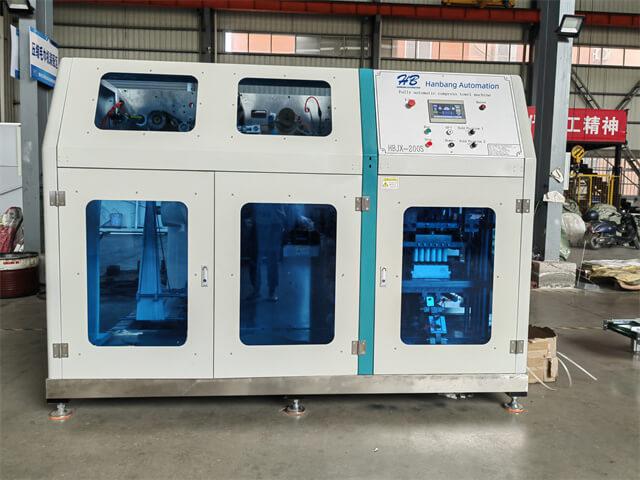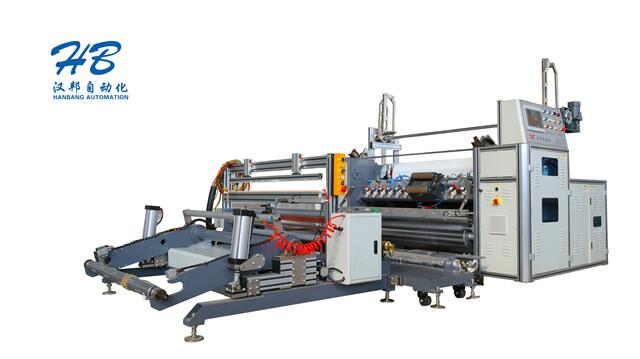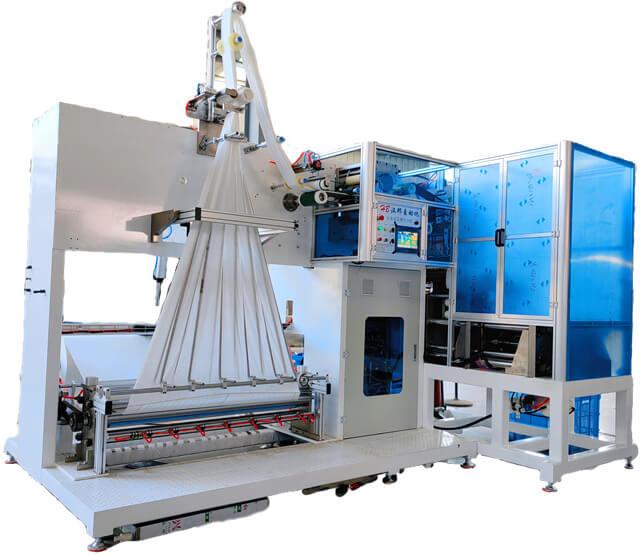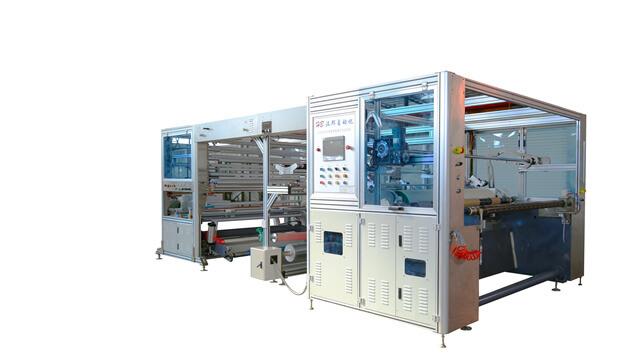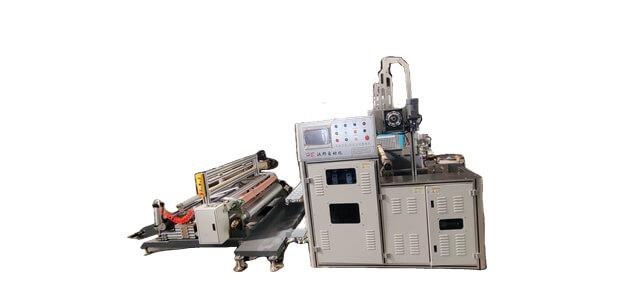Author:HB Nonwoven MachineryFROM:Compressed Towel Machine Manufacturer TIME:2024-01-02
Non-woven fabrics are widely used in various industries, including the production of diapers and sanitary napkins. The technical features of non-woven fabric making machines play a crucial role in ensuring the quality and efficiency of the production process. In this article, we will explore the key technical features of non-woven fabric making machines.
The fiber opening system is responsible for separating and loosening the fibers. It consists of a series of rollers and blades that effectively open up the compacted fibers and form a web structure. This system ensures the uniform distribution of fibers and improves the fabric's strength.
The carding machine further aligns and cleans the fibers, removing any impurities. It uses a series of rotating drums with fine wire teeth to comb and align the fibers. This process enhances the fabric's softness and increases its surface area, which helps improve absorption capacity.
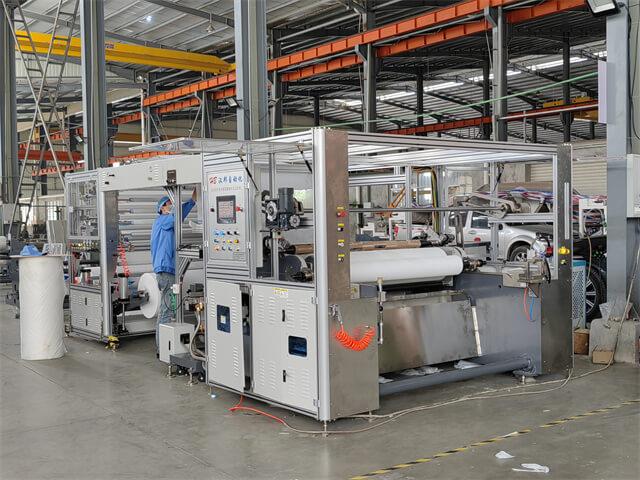
The cross lapper is responsible for laying the carded fibers onto a moving conveyor belt in a cross-lapped pattern. This pattern ensures uniformity and stability in the fabric's structure. The cross lapper also controls the weight and thickness of the fabric, allowing for customization based on specific product requirements.
Thermal bonding is a crucial step in the production of non-woven fabrics. In this process, heat and pressure are applied to the fibers, causing them to melt and bond together. This ensures the fabric's strength and integrity. The temperature and pressure
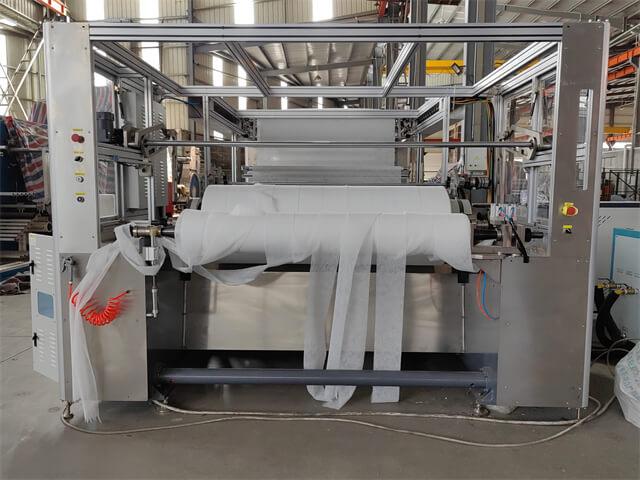
Needle punching is another method used to strengthen non-woven fabrics. A series of barbed needles vertically punch through the fabric, entangling the fibers and creating a three-dimensional structure. This process enhances the fabric's strength, stiffness, and resistance to tearing.
Calendering is a technique used to improve the fabric's surface smoothness and texture. The fabric passes through a set of heated rollers that exert pressure and heat, resulting in a smoother and more uniform surface. This process also enhances the fabric's density and opacity.
After the production of the non-woven fabric, it needs to be slit into the desired width and wound into rolls for further processing. The slitting and winding system employs sharp blades and precision control to ensure accurate cutting and winding, allowing for efficient and streamlined production.
A modern non-woven fabric making machine is equipped with an advanced control and monitoring system. This system allows operators to a
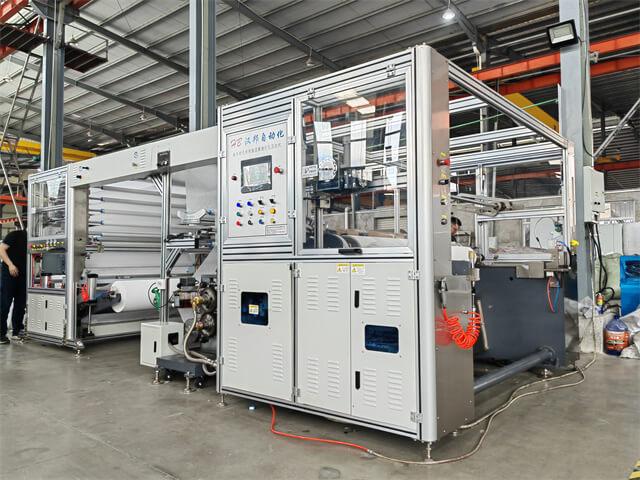
In conclusion, the technical features of non-woven fabric making machines are essential for the production of high-quality diapers and sanitary napkins. From the fiber opening system to the control and monitoring system, each component plays a crucial role in ensuring efficiency, uniformity, and strength in the fabric. Continuous advancements in technology are further enhancing the capabilities of these machines, leading to improved product performance and customer satisfaction.
